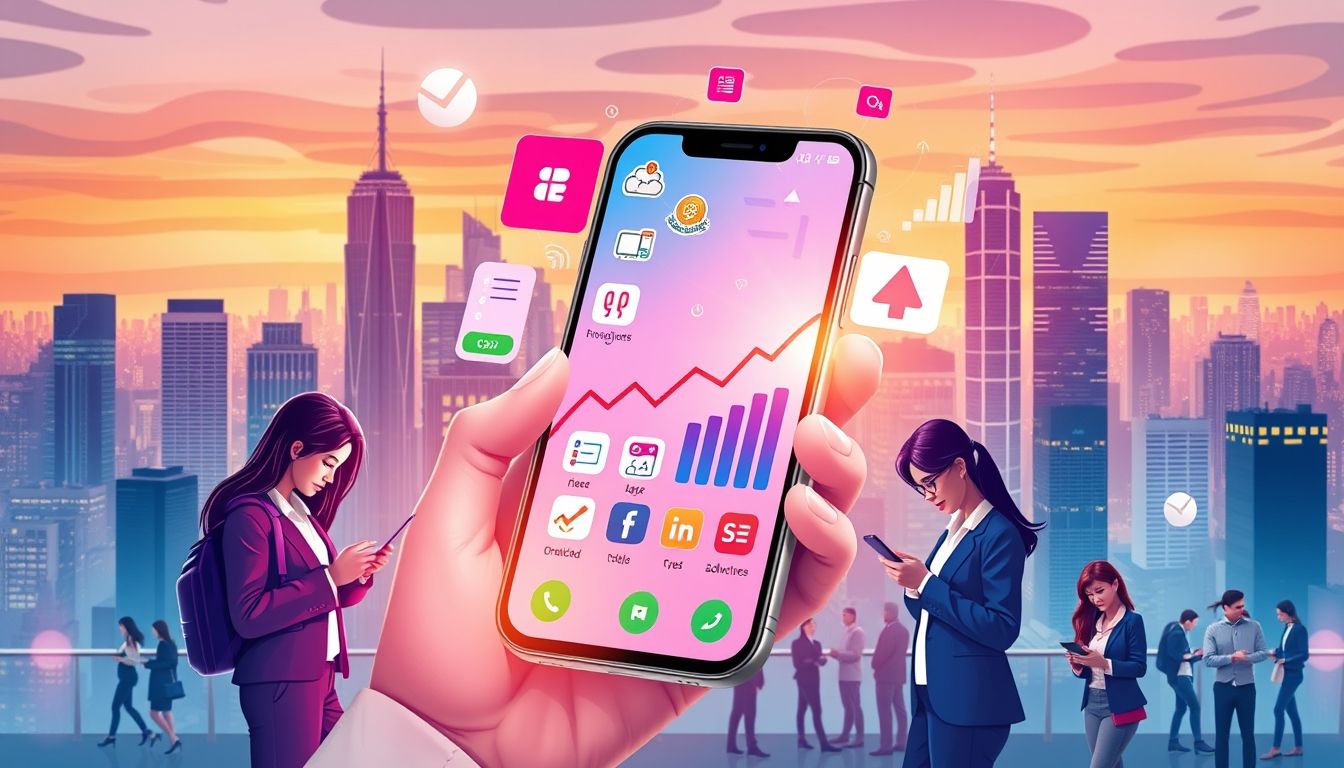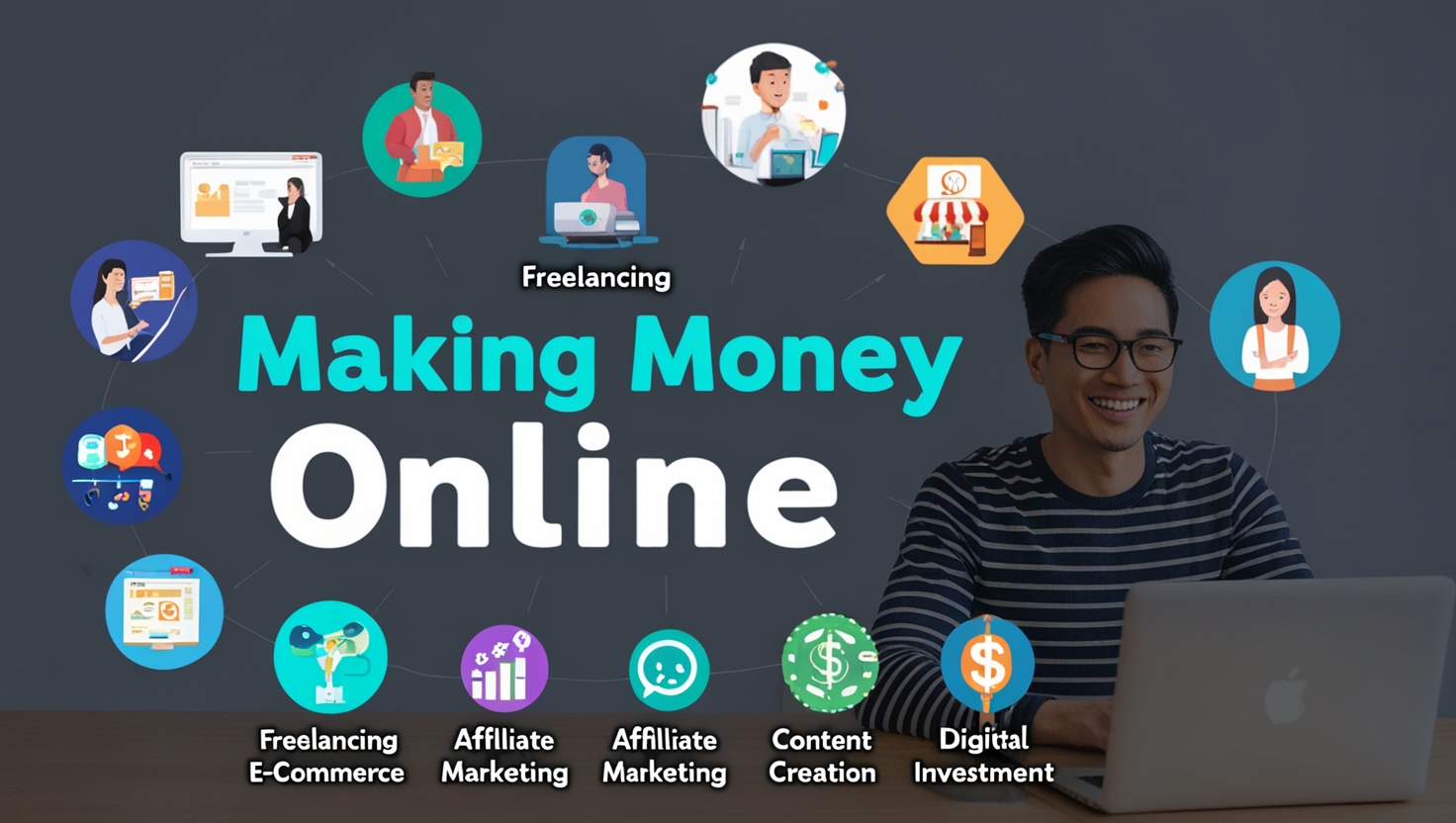Introduction: The Golden Age of Apps
In today's world, apps have become an integral part of our daily lives. From shopping to social networking, and from education to entertainment, apps play a pivotal role in facilitating our lives and providing innovative solutions to various needs. This enormous growth in app usage represents a golden opportunity for developers and ambitious entrepreneurs to turn their ideas into profitable ventures.
However, success in the app world is not guaranteed. It requires careful planning, meticulous execution, and an effective marketing strategy. This comprehensive guide will provide you with the tools and knowledge necessary to turn your idea into a successful app and profit from purchases.
Chapter 1: Finding a Profitable App Idea
The first step towards creating a successful app is finding an innovative idea that meets a real need in the market. Here are some strategies you can follow:
- Identify Problems: Look for problems people face in their daily lives and try to find innovative solutions to them through an app.
- Analyze Trends: Follow the latest trends in the world of technology and apps and try to exploit them in your idea.
- Study Competitors: Analyze competitor apps and try to identify their strengths and weaknesses and use this information to develop a better app.
- Surveys: Conduct surveys to find out the needs and desires of users.
Example: An app for delivering groceries in remote residential neighborhoods, an app to help seniors track their medications, an app to teach languages in an interactive and fun way.
Chapter 2: Feasibility Study and Market Analysis
Once you have found a promising idea, you must conduct a comprehensive feasibility study to analyze the market and assess the chances of success. The feasibility study should include the following:
- Target Market Analysis: Determining the size of the target market, its demographic characteristics, and its needs.
- Competitor Analysis: Identifying the main competitors in the market, analyzing their strengths and weaknesses, and identifying the competitive advantage of your app.
- Cost Estimation: Estimating the costs of app development, marketing, and maintenance.
- Revenue Estimation: Estimating the expected revenue from the app based on the expected number of users and the average spending per user.
- Risk Analysis: Identifying potential risks that the app may face and developing plans to mitigate these risks.
Example: If you are planning to create an app for learning English, you should analyze the market for language learning apps, identify the main competitors (such as Duolingo and Babbel), analyze their strengths and weaknesses, and identify the competitive advantage of your app (such as providing interactive lessons with augmented reality).
Chapter 3: Designing User Experience (UX) and User Interface (UI)
User experience (UX) and user interface (UI) design play a crucial role in the success of an app. The app should be easy to use, visually appealing, and provide a pleasant experience for the user. Here are some tips for designing an excellent user experience and user interface:
- Simplicity: Make the app as simple and easy to use as possible. Avoid adding unnecessary features that may confuse the user.
- Clarity: Use clear and understandable language throughout the app.
- Consistency: Maintain design consistency throughout the app.
- Responsiveness: Make sure the app is responsive and smooth in performance.
- Testing: Test the app with a group of users to get their feedback and improve it.
Example: Using attractive colors, designing clear icons, providing easy-to-understand instructions, ensuring the app is compatible with all screen sizes.
Chapter 4: App Development and Testing
After completing the design of the user experience and user interface, you can start developing the app. You can develop the app yourself if you have the necessary skills, or you can hire professional developers. Here are some tips for developing a successful app:
- Choosing the Right Programming Language: Choose the programming language that suits the type of app you are developing.
- Using the Right Development Tools: Use development tools that help you develop the app quickly and efficiently.
- Continuous Testing: Test the app continuously during the development process to make sure it is working correctly.
- Continuous Improvement: Continuously improve the app based on user feedback.
Example: Using Swift to develop iOS apps, using Kotlin to develop Android apps, using tools such as Android Studio and Xcode to develop apps.
Chapter 5: Strategies for Monetizing Your App
There are many ways to monetize your app. Here are some of the most common strategies:
- In-App Purchases: Sell virtual items or additional features within the app.
- Subscriptions: Charge a monthly or annual subscription fee to access certain content or features in the app.
- Advertisements: Display advertisements within the app.
- Freemium Models: Offer a free version of the app with limited features, and offer a paid version with additional features.
- Sponsorship: Obtain sponsorship from companies in exchange for displaying their logos or products within the app.
Example: A gaming app offers in-app purchases to buy new characters or helper tools, a music app charges a monthly subscription fee to access the full music library, a news app displays ads at the bottom of the screen.
Chapter 6: Marketing Your App and Launching It
Effective marketing is key to the success of the app. Here are some marketing strategies you can follow:
- App Store Optimization (ASO): Optimize the app description and keywords to increase its visibility in search results in app stores.
- Social Media: Promote the app on social media.
- Public Relations: Get media coverage for the app.
- Paid Advertising: Advertise the app on app stores, websites, and social media.
- Content Marketing: Create engaging and useful content about the app and publish it on a blog or website.
Example: Creating a promotional video for the app, writing articles about the benefits of the app, participating in relevant conferences and exhibitions.
Chapter 7: Analyzing Data and Improving Performance
After launching the app, you must constantly analyze data to improve performance and increase profits. Here are some data you should track:
- Number of Downloads: The number of times the app has been downloaded.
- Number of Active Users: The number of users who use the app regularly.
- User Retention Rate: The percentage of users who continue to use the app after a certain period of time.
- Average Spending per User: The average amount each user spends on the app.
- Conversion Rate: The percentage of users who make a purchase within the app.
Example: Using data analysis tools such as Google Analytics and Firebase to track app performance.
Chapter 8: Building a Community Around Your App
Building a community around the app helps increase user loyalty and increase profits. Here are some ways to build a community around the app:
- Create a Forum or Group on Social Media: Allow users to interact with each other and share their opinions and feedback.
- Organize Events and Activities: Organize events and activities for users to promote communication and interaction.
- Provide Excellent Technical Support: Provide fast and effective technical support to users to solve their problems and inquiries.
- Listen to User Feedback: Listen to user feedback and take it into account when developing the app.
Example: Creating a Facebook group for app users, organizing competitions and prizes for users, providing 24/7 technical support.
Chapter 9: Expansion and Growth
After achieving success in the local market, you can consider expanding to new markets. Here are some strategies for expansion and growth:
- Translate the App into Other Languages: Translate the app into other languages to make it available to a wider audience.
- Adapt the App to Different Cultures: Adapt the app to different cultures to make it more attractive to users in new markets.
- Partner with Local Companies: Partner with local companies to distribute and promote the app in new markets.
- Invest in Marketing: Invest in marketing in new markets to increase awareness of the app.
Example: Translating the app into English, French, Spanish, adapting the app to the local culture in each market.
Chapter 10: Common Mistakes to Avoid
There are some common mistakes that app developers make that can lead to app failure. Here are some of these mistakes and how to avoid them:
- Not Conducting a Comprehensive Feasibility Study: Not conducting a comprehensive feasibility study before starting app development can lead to investing time and money in an impractical idea.
- Not Paying Attention to User Experience: Not paying attention to user experience can lead to an app that is not easy to use and not attractive to users.
- Not Marketing the App Effectively: Not marketing the app effectively can lead to users not knowing about the app and therefore not downloading it.
- Not Analyzing Data and Improving Performance: Not analyzing data and improving performance can lead to not improving the app and therefore not increasing profits.
Example: Making sure to conduct a comprehensive feasibility study, paying attention to user experience, marketing the app effectively, analyzing data and improving performance.
Conclusion: Creating a successful app and profiting from purchases requires careful planning, meticulous execution, and an effective marketing strategy. By following the tips and guidelines in this guide, you can increase the chances of success of your app and maximize profits.




